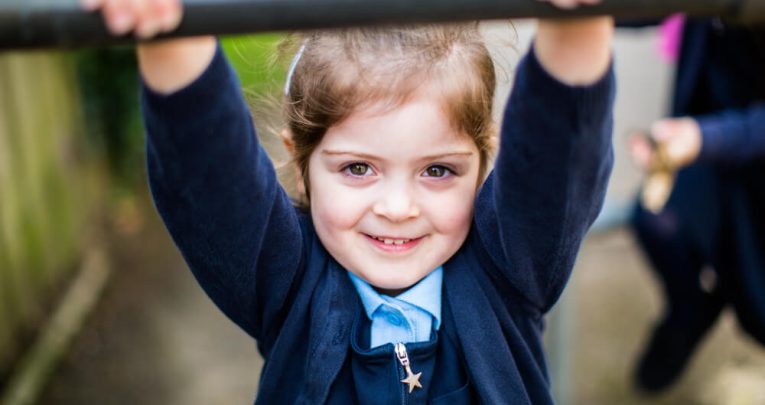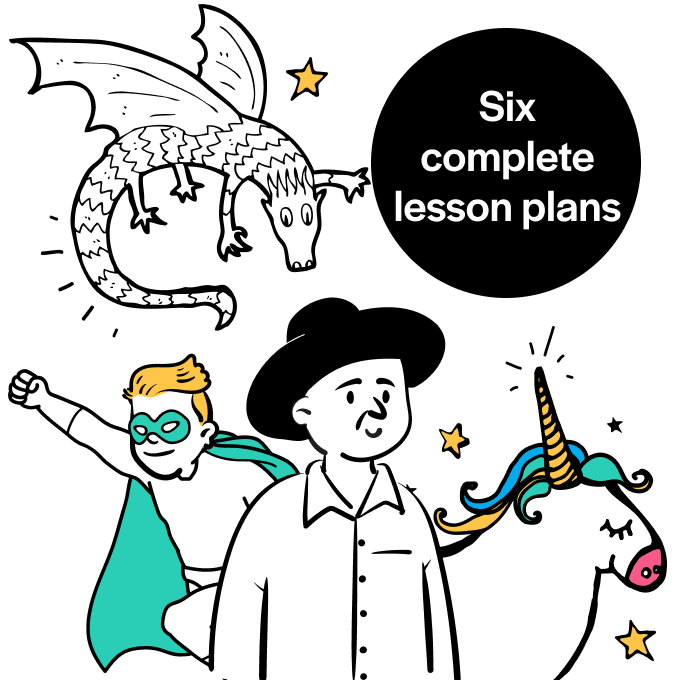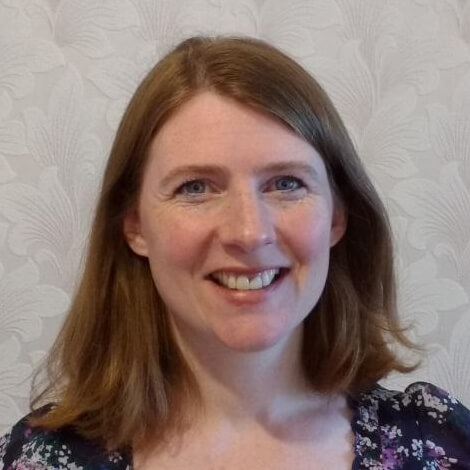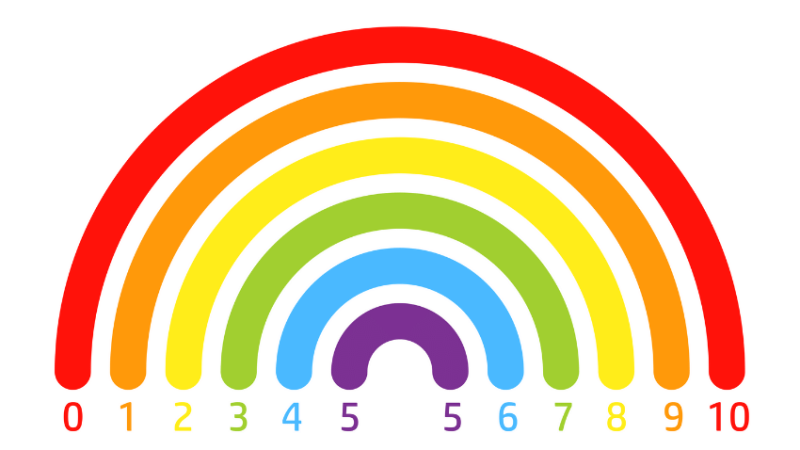“We Must Ensure our Schools are Ready for Children Entering Year R”

Reception class teachers must not bow to pressure to formalise the early years, says Tamsin Grimmer…

In the State of Education Survey Report 2016, The Key asked school leaders about school readiness. A huge 98% said that a proportion of children joined their school displaying a level of school readiness below that which they expected!
This is a huge proportion of leaders, but the question did not define school readiness or outline what the expectations placed on children were. So what exactly do we expect when it comes to being ready for school?
What is school readiness?
If you are a Reception class teacher, the skills and abilities that you want children to have on entering school may be very different from those that a school leader may consider to be the most important.
For example, a child who can take themselves to the toilet independently is worth their weight in gold in those first few weeks of term and may be the difference between cleaning up a puddle on the floor or not!
For a parent, a child who is school ready might be a child who can separate from them for the whole day, whereas policy makers might consider a child to be school ready if they can write their own name or count reliably to 10.
Interestingly there is no nationally recognised definition of school readiness in England, yet school readiness regularly hits the headlines and is stated as one of the purposes of the Statutory Framework for the Early Years Foundation Stage.
In its 2013 report, ‘What Does ‘School Ready’ Really Mean?’ the Professional Association for Childcare and Early Years (PACEY) states that 97% of childcare professionals agreed on a definition that includes children who:
- have strong social skills;
- can cope emotionally with being separated from their parents;
- are relatively independent in their own personal care;
- have a curiosity about the world and a desire to learn.
In addition, there is confusion over whether school readiness is a term relating to children entering school for the first time (usually into a Reception class) or entering Year 1.
Many documents use the Early Years Foundation Stage Profile results to share data on school readiness, which indicates a belief that school readiness is about starting KS1; however, preschool practitioners would argue that school readiness is about the transition from the preschool phase into a Reception class in a school setting, and members of society outside education assume it is about entering school for the first time.
If we use the term school readiness we need to be clear what we mean and what age and stage of development we are talking about!

It is helpful to consider children’s learning holistically, looking at every aspect of their lives.
This includes children having their basic needs met through positive relationships and enabling environments, demonstrating the characteristics of effective learning and also having self-confidence, self-esteem, self-care and self-regulation.
These elements allow us to look at school readiness with a broader lens.
We know that there is a huge difference between a four-year-old and a five-year-old – actually it is a quarter of a lifetime’s difference for these young children.
Therefore, we must have developmentally appropriate expectations for them and I believe that a focus on the characteristics of effective learning is a good place to start.
They focus on the process of learning and what makes a good learner, rather than the content of what needs to be learned.
One school introduces their Reception children to ‘Learning Friends’: characters that remind the children of the skills needed to be good learners, for example, Resilient Mumble, Determined Bruce and Focus Frog.

It is easy to feel pressured into pushing these young children to meet objectives linked to areas of learning or more academic skills, yet without the dispositions and attitudes needed to embed this learning, it could be argued that it is too much too soon.
Young children need to be interested, motivated and engaged in learning opportunities that sustain their attention, tap into their interests and allow them to become fully engrossed.
Effective Reception class practice does just this, not expecting children to be school ready, instead ensuring that their school is children-ready.
In practice
As you begin to think about your next cohort of children, here are some ideas for how to be children-ready before you start each new year:
- Trust the information shared by early years settings – they know their children very well. Remember that most children will regress slightly on transition and after a long break and this does not mean that the transfer information was inaccurate.
- Provide a welcoming environment and increase your adult-child ratios for the autumn term.
- Include all adults who will work with the children in any training sessions, for example, teachers, teaching assistants, midday supervisors, students and ensure that all adults understand the unique role that Year R plays within the school.
- Invite local settings to storytime sessions and to watch school productions or Nativity plays.
- Invite parents from your current Reception year to attend a new parents’ evening/session to alleviate concerns.
- Allocate a class representative for other parents to be in touch with – if possible choose an experienced parent who has children higher up in the school.
- Pair up the new children with buddies from older year groups to look after them when introducing whole school playtimes.
- Provide plenty of time for several settling in sessions for the children; include tours of the school, where to put their coat, visits to the toilets, hall and so on.
- Ensure that children experience all elements of the school day prior to starting, including lunchtime and playtime.
- Plan in some 1:1 time with each new child and value their uniqueness!
It is vital that we, as early educators, own the phrase school readiness and define it in a way that is most useful for us in our work with young children. We need to ensure that our schools are ready for the children who enter our classes in Reception and that we do not bow to the pressure of making these early years too formal in our teaching style.
There is nothing that we need to teach that cannot be taught in a play-based, multisensory, hands-on way that will light the touch paper of learning in our children’s lives.
 Tamsin Grimmer is a consultant, trainer, lecturer and one of the early years directors at Linden Learning. Tamsin is also the author of School Readiness and the Characteristics of Effective Learning (£14.99, Jessica Kingsley Publishers). Get 20% off the book until 30 September 2018 by using code TEY at jkp.com.
Tamsin Grimmer is a consultant, trainer, lecturer and one of the early years directors at Linden Learning. Tamsin is also the author of School Readiness and the Characteristics of Effective Learning (£14.99, Jessica Kingsley Publishers). Get 20% off the book until 30 September 2018 by using code TEY at jkp.com.







